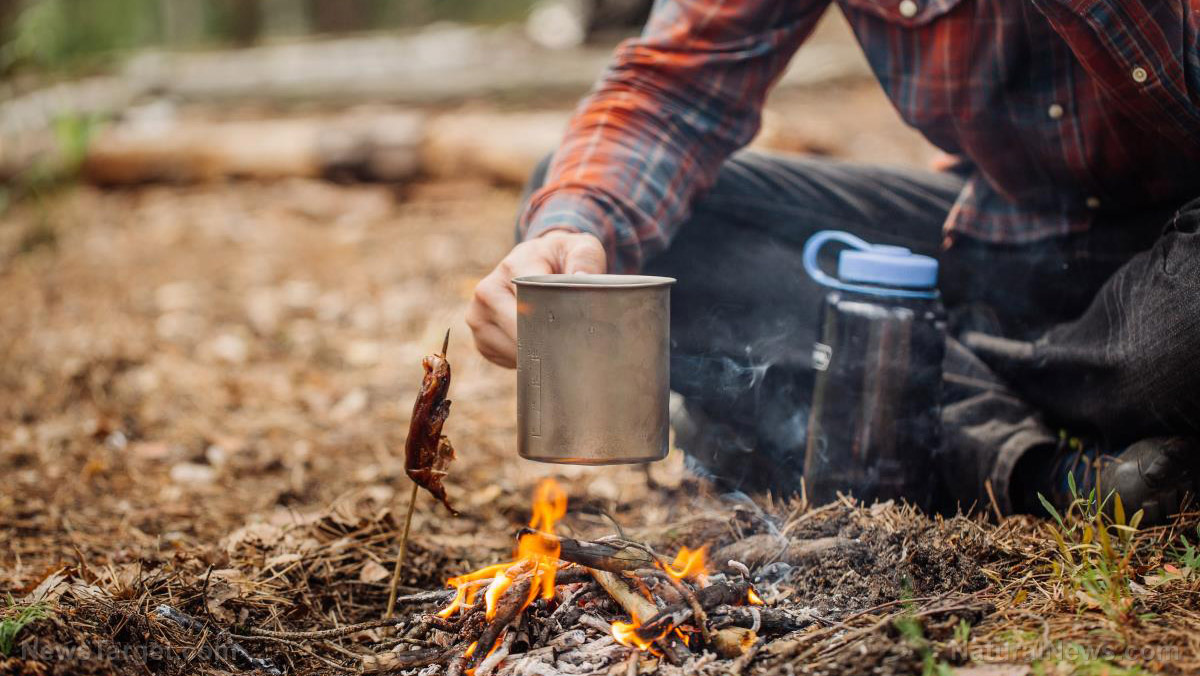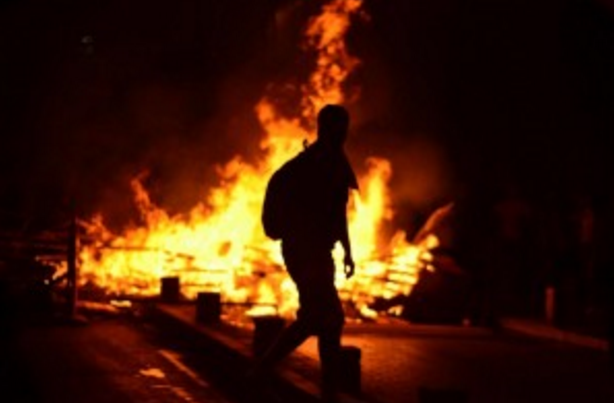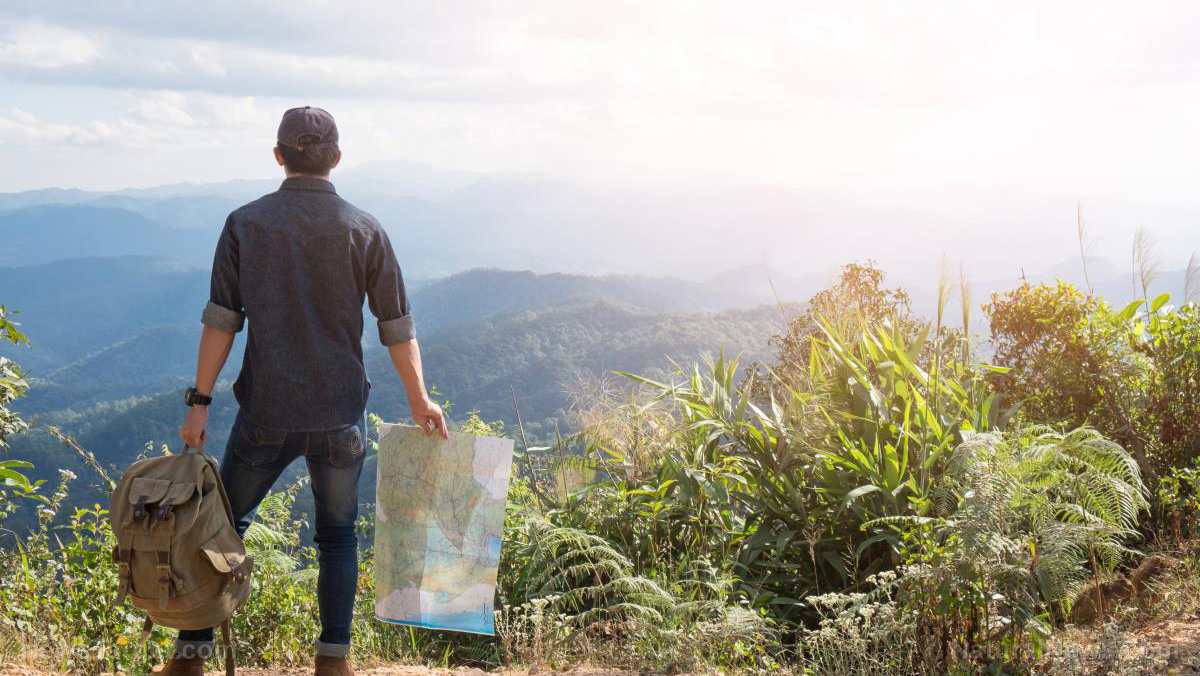When you typically thinks of eating, as well as surviving, during a few days of no electricity or a longer term grid down situation, the idea of having to cook anything at all is probably not first and foremost in your mind. Canned meats, peanut butter, crackers, nuts and dried fruits don’t take much preparation and certainly don’t need a heat source. But the beans, rice, oatmeal, and flours you’ve stashed, along with frozen meats and your longer term non-GMO survival food, like the Numanna Organic Family Pack, are going to require a few utensils, along with boiling water, to prepare. And that means fire.
1. Outdoor grills
You’ve probably started lots of fires on an outdoor grill. Offthegridnews.com suggests that if you have a gas grill, a couple of spare tanks of gas are essential. For a charcoal grill, practice starting a fire with wood instead of charcoal. And attempt it without lighter fluid. It’s important to have a good supply of matches on hand, including those that are longer than conventional matchbooks and also some that are waterproof. While you may be quite deft with a Bic or a Zippo lighter, there will be times when the proximity of your combustible materials are better lit with tinder and matches.
2. Open campfire/fire pit
There are a variety of methods when cooking on an open campfire. A lot depends on exactly how much heat you need, and how evenly that heat is distributed. An open campfire works well for vegetables or meat on a stick, while the burning coals of a fire pit provides direct heat for foil wrapped baked potatoes. For either scenario, a cast iron skillet is a necessity. For soups or stews, look for the old school cast iron Dutch Ovens. You’ll need to experiment with grills, as well as see the results from placing some aluminum foil wrapped items directly on the hot coals.
3. Keyhole campfire
A keyhole campfire may provide the best mix of heat and fire for all your cooking needs. The keyhole concept, according to Campingwithgus.com, provides “both hot, direct flame heat, and, more controlled heat from hot coals – especially Dutch oven recipes.” It’s advised to use good gloves, knives, a suitable ladle, tongs, more than one cast iron skillet and pots with lids. If you’re not a camper, but are pondering a grid down situation, it may be wise to begin collecting these items, along with a stash of wood for burning.
4. Camping stove
Most camping stoves run off propane, although there is a Coleman camp stove that will use both propane and gasoline called a “dual-fuel stove.” These may be in short supply because of it’s flexibility.
5. Solar Oven
These can be a little tricky to use, but with practice you’ll begin to understand the reflecting power of the sun and the temperatures the oven will generate. It may be better to buy a professionally made solar oven, rather than attempting to build one, depending on your expertise.
6. Solar Fresnel cooker
A Fresnel lens is “the flat plastic magnifying glass [with] five concentric circles molded into the backside.” You might find a smaller one at a dollar store or extract a larger Fresnel lens from an old school television. You’ll need a few mechanical skills to remove it, or you might get lucky and find one online. You’ll need to mount the lens and then put your food about two feet below, right in front of the “focal point.” On a sunny day, the heat will do the rest.
RELATED: for more tips on surviving without electricity see Bugout.news.
Sources:
OffTheGridNews.com
CampingWithGus.com





























